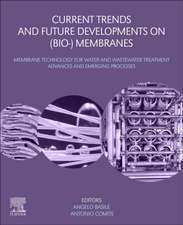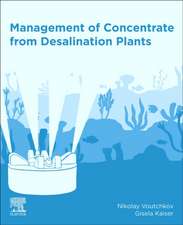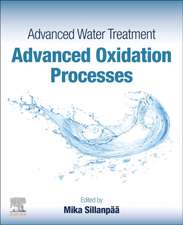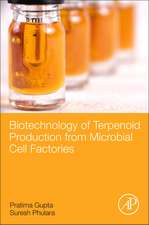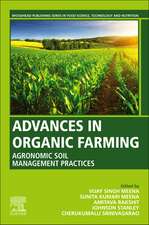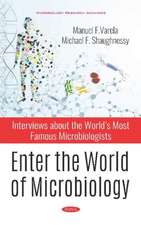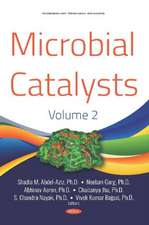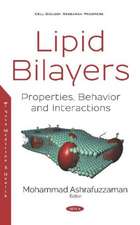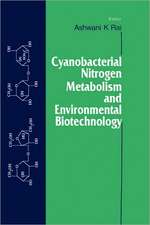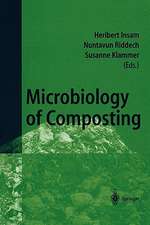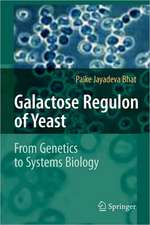Bioprospecting of Microorganism based Industrial Molecules
Autor SP Singhen Limba Engleză Hardback – 2 ian 2022
Discover a comprehensive and current overview of microbial bioprospecting written by leading voices in the field
In Bioprospecting of Microorganism-Based Industrial Molecules, distinguished researchers and authors Sudhir P. Singh and Santosh Kumar Upadhyay deliver global perspectives of bioprospecting of biodiversity. The book covers diverse aspects of bioprospecting of microorganisms demonstrating biomass value of nutraceutical, pharmaceutical, biomedical, and bioenergetic importance.
The authors present an amalgamation of translational research on bioresource utilization and ecological sustainability that will further the reader's knowledge of the applications of different microbial diversity and reveal new avenues of research investigation.
Readers will also benefit from:
- A thorough introduction to microbial biodiversity and bioprospecting
- An exploration of anti-ageing and skin lightening microbial products and microbial production of anti-cancerous biomolecules
- A treatment of UV protective compounds from algal biodiversity and polysaccharides from marine microalgal sources
- Discussions of microbial sources of insect toxic proteins and the role of microbes in bio-surfactants production
Perfect for academics, scientists, researchers, graduate and post-graduate students working and studying in the areas of microbiology, food biotechnology, industrial microbiology, plant biotechnology, and microbial biotechnology, Bioprospecting of Microorganism-Based Industrial Molecules is an indispensable guide for anyone looking for a comprehensive overview of the subject.
Preț: 1200.02 lei
Preț vechi: 1318.71 lei
-9% Nou
229.62€ • 250.21$ • 193.49£
Carte tipărită la comandă
Livrare economică 23 aprilie-07 mai
Specificații
ISBN-10: 1119717248
Pagini: 448
Dimensiuni: 176 x 245 x 30 mm
Greutate: 0.91 kg
Editura: Wiley
Locul publicării:Chichester, United Kingdom
Descriere
Discover a comprehensive and current overview of microbial bioprospecting written by leading voices in the field
In Bioprospecting of Microorganism-Based Industrial Molecules, distinguished researchers and authors Sudhir P. Singh and Santosh Kumar Upadhyay deliver global perspectives of bioprospecting of biodiversity. The book covers diverse aspects of bioprospecting of microorganisms demonstrating biomass value of nutraceutical, pharmaceutical, biomedical, and bioenergetic importance.
The authors present an amalgamation of translational research on bioresource utilization and ecological sustainability that will further the reader's knowledge of the applications of different microbial diversity and reveal new avenues of research investigation.
Readers will also benefit from:
- A thorough introduction to microbial biodiversity and bioprospecting
- An exploration of anti-ageing and skin lightening microbial products and microbial production of anti-cancerous biomolecules
- A treatment of UV protective compounds from algal biodiversity and polysaccharides from marine microalgal sources
- Discussions of microbial sources of insect toxic proteins and the role of microbes in bio-surfactants production
Perfect for academics, scientists, researchers, graduate and post-graduate students working and studying in the areas of microbiology, food biotechnology, industrial microbiology, plant biotechnology, and microbial biotechnology, Bioprospecting of Microorganism-Based Industrial Molecules is an indispensable guide for anyone looking for a comprehensive overview of the subject.


